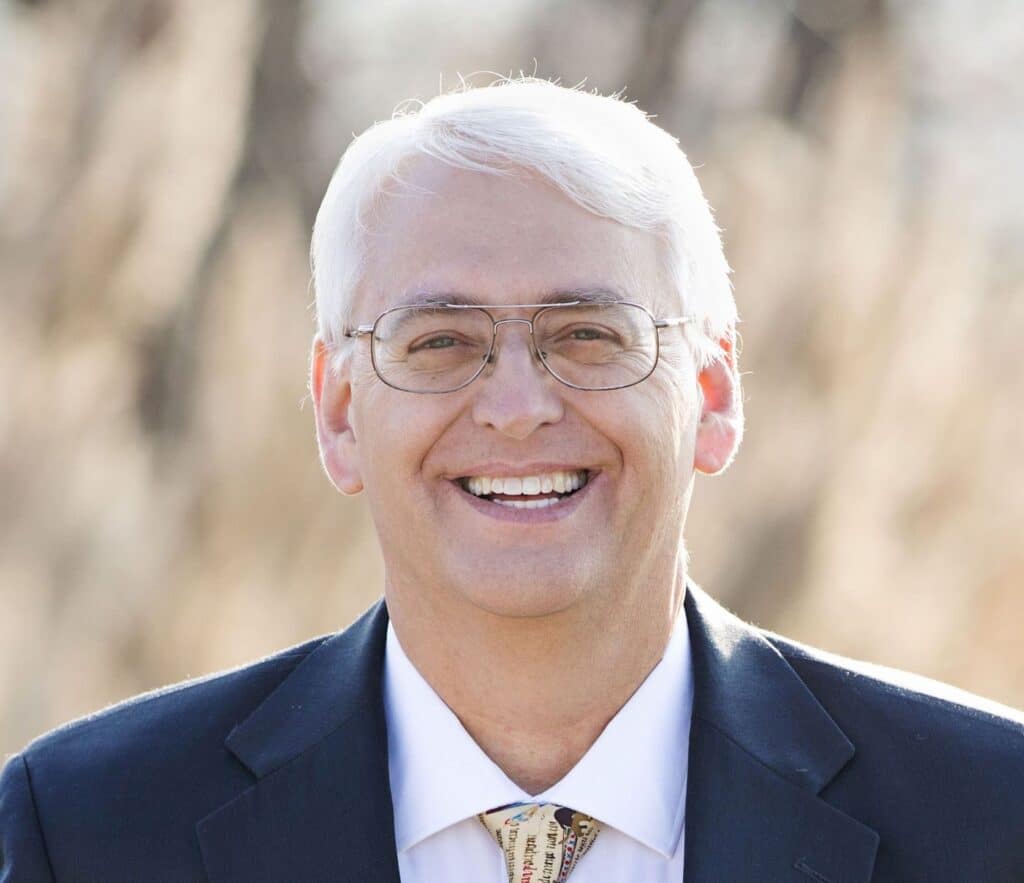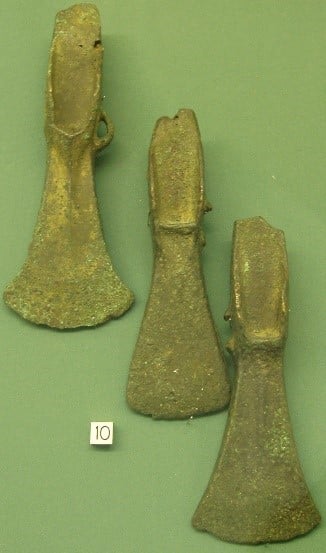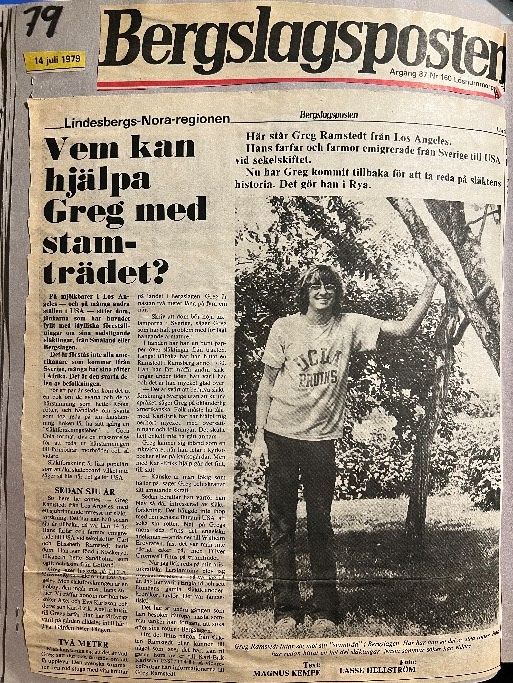My Genealogy Journey
 12
12Jun
 People’s reasons and passion for family history and genealogy are as diverse as people themselves. For some it may be an intellectual interest, and for others it may come from personal and emotional foundations. Our interests often expand, and our reason for doing family history may change over our lifetime. For me, genealogy has always been closely connected to the broader history of peoples, societies, nations, and the vast sweep of historical times. On some level, our interests may become interconnected with our identity, as many personal interests so often do.
People’s reasons and passion for family history and genealogy are as diverse as people themselves. For some it may be an intellectual interest, and for others it may come from personal and emotional foundations. Our interests often expand, and our reason for doing family history may change over our lifetime. For me, genealogy has always been closely connected to the broader history of peoples, societies, nations, and the vast sweep of historical times. On some level, our interests may become interconnected with our identity, as many personal interests so often do.
I trace my interest in history to the 4th grade when I loved California history, and particularly the California Indians. At the end of the school year, I loved the subject so much that I asked my mother if we could get the California history textbook that we used. The school was kind enough to give me one of the books, which I still have. (What 9-year-old wants a copy of his school history textbook?!) I loved going on camping trips with my family, and I think I wanted to be an Indian, because to my innocent mind at the time, their lives seemed like one endless campout!

My father did a lot to feed my interest in history, Native Americans, and camping. From age seven in the YMCA Indian Guides, I imagined myself as an Indian, and my “Indian name” was Lightfoot, which I was told came from my grandfather’s middle name. My father chose the name Heavyfoot. (I know the Indian Guides were challenged in more recent years as a form of cultural appropriation, but the organization was formative for me!) I am sitting here looking at my long since deceased grandfather’s plastic ruler, which says “Chief Lightfoot” across the front of it. Was he really an Indian?

At Price Genealogy and Lineages, we receive a lot of inquiries from people who have stories that they descend from Native Americans, many of which cannot be proven or are not true. As I grew older, I learned that my grandfather’s middle name was English, meaning “fleet of foot,” and my Lightfoot origins can be traced back to the 15th and 16th centuries in Devon, England. A few years ago, I learned that my great- great-grandmother, Jane (Lightfoot) Harris’ first cousin was the Rev. Dr. John Prideaux Lightfoot, the vice-chancellor of Oxford University in the early 1860s. As a boy, Chief Lightfoot would have impressed me a lot more.
The meaning and origin of names and the cultural patterns of their use in different societies is a fascinating area of family history. One of my wife’s ancestral surnames is Bonell, which likely came from a village called Bonehill near Tamworth, Staffordshire, England. When you think about it, your surname may be a timestamp or badge of identity from many hundreds of years ago. I found in Swedish moving records the first time the name Ramstedt was used in my line—September 9, 1756—when Johan Andersson Ramstedt moved from Ramsberg to Lindesberg, and it was to distinguish him from other men of the same name in his new community. Based on one medieval history that I read on the history of Ramsberg, my surname may mean by extrapolation something like “place or home of the raven.” I like that! (Maybe it is my own myth making though.) Every one of our lines eventually reaches an end point, or a place of speculative evidence. As with human history in general, serious genealogy and early family history may blend into local history, which as you move further back through the generations, may lead to the myths and legends of the origins of migratory groups in the Iron Age, Bronze Age, and earlier. DNA haplogroups are fascinating as they show ancient migratory patterns.

I love reading books like James Mitchener’s The Source or Edward Rutherfurd’s London, which trace one place over thousands of years in the genre of a historical novel. By reading 19th century archeological journals, I learned that my Devonshire ancestors of the Harris surname in 1836 were remodeling their old Devon longhouse known as Plumley on the eastern edge of Dartmoor, when the workers found eight Middle Bronze Age  palstaves (axes) under boulders, and there were six stone hut circles close by, probably from an early British settlement there 3,000 years ago. Roman coins were found in the wider areas as well. My relatives appear to have been living at Plumley farm in Bovey Tracey parish from at least 1458, so I have written a history of this spot covering over three millennia. Tracing genealogy can become a romance with history, leaving one with the sense that your soul spans across great reaches of time and throughout the world.
palstaves (axes) under boulders, and there were six stone hut circles close by, probably from an early British settlement there 3,000 years ago. Roman coins were found in the wider areas as well. My relatives appear to have been living at Plumley farm in Bovey Tracey parish from at least 1458, so I have written a history of this spot covering over three millennia. Tracing genealogy can become a romance with history, leaving one with the sense that your soul spans across great reaches of time and throughout the world.
My theme here, and a central theme of my interest in genealogy, is the intersection of family history and broader history, whether it be local, regional, national, or international. In junior high, my self-esteem was lacking. That all changed in an instant on August 5, 1972, when visiting my grandparents’ home in North Hollywood in the Los Angeles area. I was 14 and didn’t want to go to their house; my grandfather criticized me because my hair was too long—he was bald. My grandparents, then in their 70s, were planning a trip to England and Denmark to see where their ancestors came from. On their dining room table, they had pulled out boxes of old family artifacts and memorabilia which they were sifting through to plan their itinerary. Due to my great interest in history since the 4th grade, I immediately gravitated to all the old things. Handling items as old as the 1600s and 1700s electrified me—it felt like I was literally reaching across the centuries and physically touching history. My fingers felt the old ink and followed the signatures on parchment land deeds for Plumley, igniting my curiosity as to who these people were. I could not read the old “secretary” script, but I instantaneously knew I had to immerse myself in this stuff! As you can well imagine, my grandfather was very dubious when I asked if I could take a 1686 estate indenture home to transcribe it to see what it said. My father stepped in and assured him that we would be very careful with it, and I was allowed to bring it home. Without any handwriting aids, my father and I worked on it together for the next several weeks. I did not start out with the basics—I started out transcribing a 17th century land deed in a very archaic script! But my relationship with my father grew much closer.

Indeed, my relationship with my grandfather (“Papa”), who came from all this English heritage, grew much closer too. We talked and I asked him many questions. We warmed up to each other. Finally, he found in me that there was someone who cared about all the old papers, trinkets, and artifacts from what seemed like an interesting past. He told me I was a descendant of William the Conqueror (which took me another ten years to discover how) and I found papers that said we were related to Stonewall Jackson (which turned out not to be true) and that I was also descended by way of a “morganatic marriage from one of the King Georges.” Forty-five years later, I discovered the source of the family lore: indeed, there were associations with the Hanoverian monarchy, including the husband of a distant great-aunt who had married one of the Yeomen of the Guards, a bodyguard for Kings  George II and III, but there was no descent from the King Georges. Among my grandfather’s papers were pictures of a castle in Argyll, Scotland which was owned by a family that my grandfather’s cousin married into. In Papa’s line were naval officers, a couple members of parliament, and stories of large cattle ranches in Texas owned by my great-grandfather, John Harris. John’s wife’s Barker family, and their Daniell kin, had spent many decades in British India in roles with the East India Company’s army, navy, and civil service. There were a couple titled people in the family tree as well.
George II and III, but there was no descent from the King Georges. Among my grandfather’s papers were pictures of a castle in Argyll, Scotland which was owned by a family that my grandfather’s cousin married into. In Papa’s line were naval officers, a couple members of parliament, and stories of large cattle ranches in Texas owned by my great-grandfather, John Harris. John’s wife’s Barker family, and their Daniell kin, had spent many decades in British India in roles with the East India Company’s army, navy, and civil service. There were a couple titled people in the family tree as well.
My Swedish grandparents, and Danish and English great-grandparents were immigrants to the United States. But it was my English ancestors who spread out across the globe in areas of the former British Empire. With my mother’s help, I transcribed her grandmother’s travel journey from England to America in the 1880s. My self-esteem was growing in leaps and bounds—I realized that I came from important people. By extension, I had within me the potential to be successful in life too (but maybe not on the same level as these English ancestors who inhabited a rather privileged strata of English society). I fell in love with English history and made it my high school and university major. I became a history teacher on the secondary level, and during the 17 years that I taught a family history class in the public schools, I tried to help my students see how their ancestors’ lives fit into general historical and geographical contexts. Now, as I talk with clients through Price Genealogy, I enjoy discussing the historical context in which their ancestors lived. It brings our genealogies so much more to life!
Good genealogy is fostered in an environment of family relationships, collaboration, an understanding of records and background context, and solid methodologies. A love for all of God’s children—past, present, and future—is also helpful. The issue of wholesale copying of genealogies (which often perpetuates errors) has long been with us, but with tree-sharing so common within online genealogy websites, it seems that more and more people can quickly “do” their genealogy without communicating or collaborating with others. I’ve made many genealogy friends through correspondence and in person over the years and having a sounding board helped us do our best work.
 I was equally interested in my Swedish and Danish side of the family tree, which was populated with more typical, working people. My Swedish grandfather was supposed to come to America on the RMS Titanic but switched his passage after leaving Sweden so he could arrive in America a week earlier. I wrote letters by the hundreds for many years and slowly built up the family tree on all sides. My Swedish grandparents were in regular contact with their relatives, so when I first went to Sweden in 1979, I had family to stay with, who showed me around. It was wonderful walking where my ancestors had walked, as well as visiting their churches in which they were married over the centuries. What a great feeling! I valued my Swedish and Danish heritage as much as I did my English heritage and have written some histories of them as well, though it was harder because I only knew English. I traveled to Europe nine times over four decades, visited old family haunts, and chased after history and ancestors in dozens of English archives, and a couple record offices in Sweden and Denmark as well. My ancestors felt more and more like real people to me, especially as I stood in front of their houses, and I was sometimes given tours inside. I loved the people of those lands.
I was equally interested in my Swedish and Danish side of the family tree, which was populated with more typical, working people. My Swedish grandfather was supposed to come to America on the RMS Titanic but switched his passage after leaving Sweden so he could arrive in America a week earlier. I wrote letters by the hundreds for many years and slowly built up the family tree on all sides. My Swedish grandparents were in regular contact with their relatives, so when I first went to Sweden in 1979, I had family to stay with, who showed me around. It was wonderful walking where my ancestors had walked, as well as visiting their churches in which they were married over the centuries. What a great feeling! I valued my Swedish and Danish heritage as much as I did my English heritage and have written some histories of them as well, though it was harder because I only knew English. I traveled to Europe nine times over four decades, visited old family haunts, and chased after history and ancestors in dozens of English archives, and a couple record offices in Sweden and Denmark as well. My ancestors felt more and more like real people to me, especially as I stood in front of their houses, and I was sometimes given tours inside. I loved the people of those lands.
Genealogy led me to relocate from Los Angeles to Utah in the early 1980s. Part of the reason was to be closer to the world-famous Family History Library in Salt Lake City. In those days, I traveled to Salt Lake to go through the microfilms, and the employees there helped teach me to read Swedish and Danish records back to the 1600s. Everything was done on paper or by typewriters then. Genealogy was very much a hobby for me, but it grew more serious with each trip to England and continental Europe, and I tried to integrate it into my history curriculum in the school I taught at in Orem, Utah. When I was able to retire from teaching, I spent a few years working on accreditation as a genealogist through the International Commission for the Accreditation of Professional Genealogists (ICAPGen). I was told it was like earning a master’s degree, and it certainly felt that way to me. I was grateful to be hired as a contract researcher by Richard Price in early 2017. I enjoyed  serving clients by researching their English ancestors and utilizing DNA analysis where applicable. By the end of 2017, I was happy to accept a position as the Research Director of Price Genealogy. It has been a joy working with our clients and helping in small ways to grow the family tree of humankind, one name at a time. My interest in genealogy has expanded from my direct ancestral lines when I was young, to wider networks of family relationships in local parishes, to the genealogies of their neighbors in wider communities, to my clients’ ancestors, and ultimately to worldwide genealogy for people everywhere.
serving clients by researching their English ancestors and utilizing DNA analysis where applicable. By the end of 2017, I was happy to accept a position as the Research Director of Price Genealogy. It has been a joy working with our clients and helping in small ways to grow the family tree of humankind, one name at a time. My interest in genealogy has expanded from my direct ancestral lines when I was young, to wider networks of family relationships in local parishes, to the genealogies of their neighbors in wider communities, to my clients’ ancestors, and ultimately to worldwide genealogy for people everywhere.
Our team of professional genealogists at Price Genealogy and Lineages will diligently seek after your ancestors wherever they came from in the world. May you also come to “know” your ancestors and to learn more of their lives and times.
Greg
